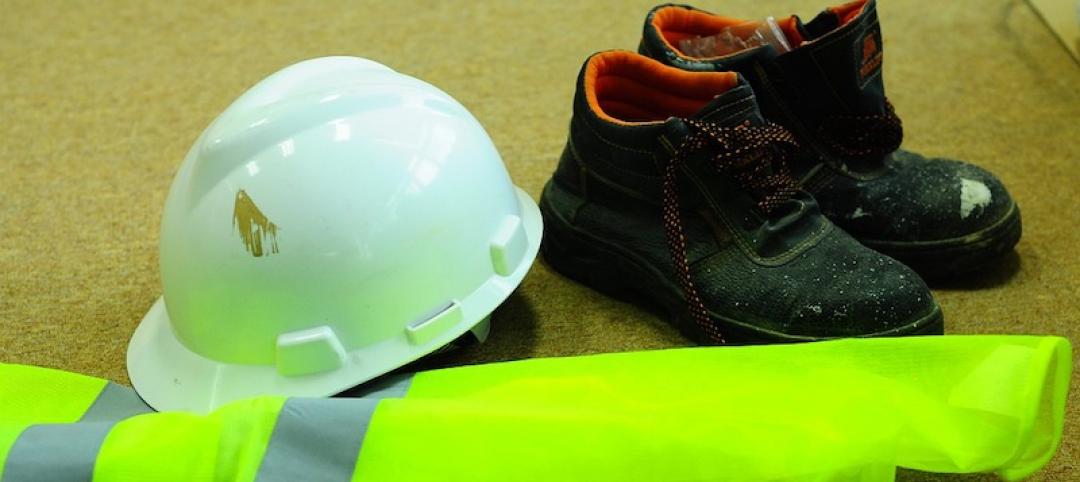The Fenestration and Glazing Industry Alliance (FGIA) has updated two documents addressing fenestration anchorage.
This is the first update to both documents: AAMA 2501-20, “Voluntary Guide for Engineering Analysis of Anchorage Systems for Fenestration Products” and AAMA TIR-A14-20, “Fenestration Anchorage Guidelines.” The former was originally written in 2006; the latter was created in 2010.
“These documents are companions, and both provide guidance on what needs to be considered to determine appropriate anchorage of fenestration products,” said Sarah Erickson (Wausau Window and Wall Systems), chair of the FGIA Fenestration Anchorage Systems Task Group in a news release. “AAMA 2501 establishes the information that a design professional will require to be able to analyze an anchorage detail. AAMA TIR-A14 outlines several types of analysis that a design professional will perform on the most common anchorage details for fenestration products.”
AAMA 2501 establishes the minimum requirements for a fenestration anchorage system for load resistance with an appropriate safety factor that is equal to or greater than the project-specific design pressure requirements. AAMA TIR-A14 offers engineering rules and guidelines in the designs of fasteners used in the connection of fenestration to the surrounding building conditions.
Both documents were revised to align more closely with one another, including updates to reference material and the addition of details pertaining to significance of use. Small, but crucial, equation revisions were also included in the 2020 version of AAMA TIR-A14, the release says.
Related Stories
Codes and Standards | Sep 26, 2019
San Jose’s new building energy code is the most stringent among large cities
New regulations aim to make zero-emission electric buildings the norm.
Codes and Standards | Sep 26, 2019
Building support for climate action depends on linking it to health, economic benefits
USGBC report finds most people don’t think environmental problems significant enough to prioritize action.
Codes and Standards | Sep 20, 2019
OSHA has a new chief for its construction directorate
Former Army medical staffer Scott Ketcham has extensive OSHA experience.
Codes and Standards | Sep 20, 2019
American Wood Council updates free Connection Calculator
Tool includes cross-laminated timber connection provisions and post-frame ring shank nails.
Codes and Standards | Sep 19, 2019
Virtual reconnaissance of Bahamas finds some structures performed well during Dorian
Amid devastation, lives likely saved by resilient buildings.
Codes and Standards | Sep 19, 2019
Obama-era Waters of the U.S. rule revoked
New rule expected to define protected waterways more narrowly.
Codes and Standards | Sep 17, 2019
California will enact rent cap bill limiting rent increases to 5% plus inflation
Applies to apartments built at least 15 years ago.
Codes and Standards | Sep 17, 2019
Zero energy buildings can be constructed with no added upfront cost
ROI can be realized in as little as one year.
Codes and Standards | Sep 13, 2019
Researchers use U. of Arkansas buildings as testbed for CLT panels
Investigation could influence future use of the materials.
Codes and Standards | Sep 13, 2019
At least 30 U.S. cities have adopted stricter building energy codes since 2017
Some followed their states in implementing more robust standards.

















